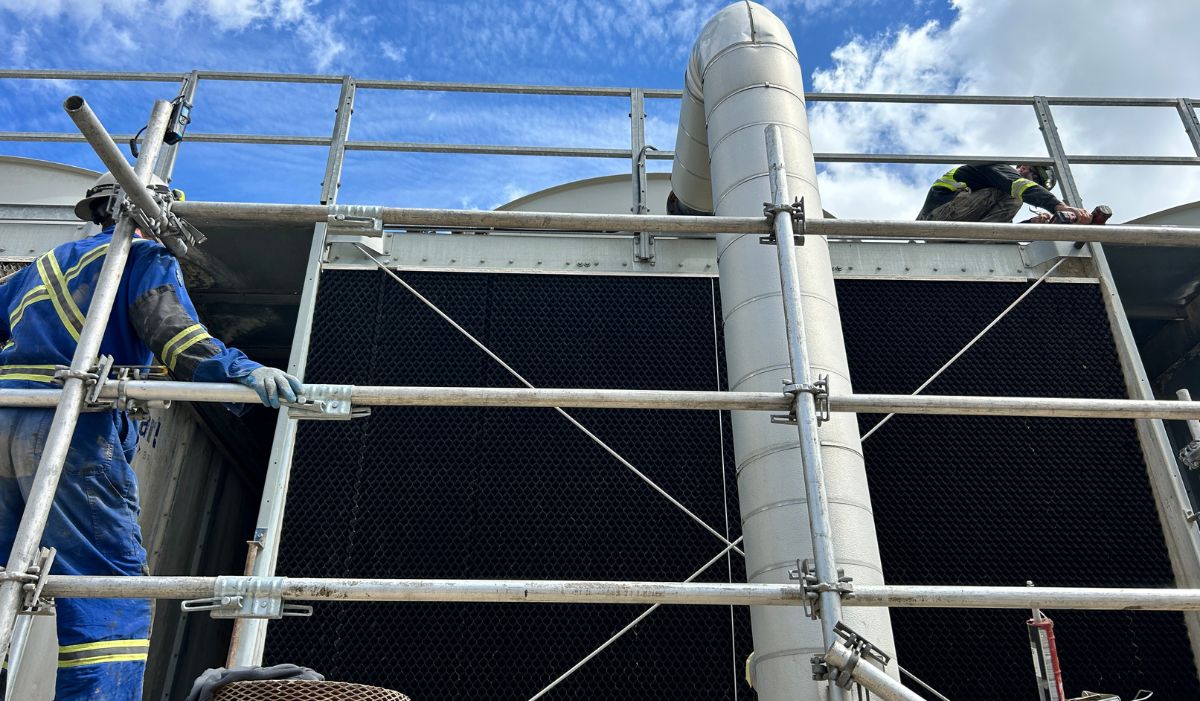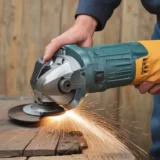When Is Fall Protection Required in the Construction Industry?
Falls are one of the leading causes of injury and death in the construction industry. Whether it’s working on scaffolding, steel beams, or maintenance platforms, the risk of a fall is always present. That’s why understanding when fall protection is required is critical—not just for meeting compliance, but for keeping workers safe.
At Credence Construction Ltd, safety is built into everything we do, from structural steel work to industrial scaffolding. This blog explains the key moments when fall protection is required and how construction teams can meet these standards effectively.
What is Fall Protection?
Fall protection refers to any system or practice designed to prevent a worker from falling from a height or to reduce the severity of a fall if it occurs. These include:
- Guardrails
- Safety harnesses and lifelines
- Safety nets
- Scaffolding with proper access and edge protection
- Fall arrest systems
In Canada, fall protection standards are outlined by provincial and federal regulations. In Saskatchewan, the Occupational Health and Safety Regulations mandate specific requirements when working at heights.
When is Fall Protection Required?
Fall protection becomes mandatory in any of the following situations:
1. When Working at Heights of 3 Metres (10 Feet) or More
This is the most common benchmark. If your workers are exposed to a fall of 3 metres or more, fall protection must be in place. This applies to:
- Roof work
- Steel framing
- Construction on elevated platforms
- Temporary walkways on job sites
If your project involves any construction solutions where workers operate at or above this height, a fall protection system must be implemented.
2. If There’s a Risk of Falling into Dangerous Equipment
Even if the height is less than 3 metres, fall protection is still required if there’s a chance someone could fall into:
- Operating machinery
- Sharp or hazardous materials
- Open pits or water
This is common during maintenance jobs or while handling material handling equipment.
3. When Using Scaffolding or Temporary Work Platforms
All scaffolding work must comply with provincial scaffolding standards. Guardrails, toe boards, and proper access ladders must be used. If the scaffold exceeds 3 metres in height, personal fall arrest systems are also required.
At Credence Construction Ltd, our industrial scaffolding services prioritize stability, safety, and compliance at every level.
4. Sloped Surfaces or Fragile Roofing
If a worker is operating on a sloped or fragile surface—such as skylights or asbestos roofing—fall protection is required regardless of height.
Using anchor points, walk boards, and temporary edge protection ensures these risky areas are safer to work on.
5. Working Near Open Edges
Construction and maintenance projects often require working near edges—like balconies, mezzanines, or elevated platforms. Even if the work is brief, protection is necessary. A simple slip or loss of balance could lead to serious injuries.
Types of Fall Protection Systems
Depending on the site conditions, fall protection can be passive or active:
- Passive Systems: Guardrails, scaffolds, or covers that do not require active engagement from the worker.
- Active Systems: Harnesses, lifelines, or anchor points that must be worn and attached correctly.
Fall prevention is always the first priority. Where prevention is not possible, fall arrest systems are the backup.
Importance of Training and Site Planning
Having the right equipment is not enough. Workers must also be trained on:
- How to properly wear a harness
- How to inspect fall protection equipment
- How to respond in case of a fall
Jobsite supervisors must regularly review and update fall protection plans, especially for evolving projects like facility upgrades or structural installations.
Why This Matters for Your Project
Fall-related incidents not only put your workers at risk but also cause costly delays, legal consequences, and damage to your company’s reputation. By partnering with an experienced construction provider that prioritizes safety, you’re investing in the long-term success and sustainability of your project.
At Credence Construction Ltd, we ensure our teams follow all fall protection regulations, whether it’s during planned maintenance shutdowns or complex structural upgrades. Safety isn’t an afterthought—it’s part of our process from start to finish.
Final Thoughts
Understanding when fall protection is required isn’t just about checking a box. It’s about creating a culture of safety and care. If your construction or industrial project involves elevated workspaces, open edges, or heavy equipment, fall protection should be a top priority.
Looking for a construction team that understands the risks and delivers safe, efficient solutions? Get in touch with Credence Construction Ltd to discuss your next project.



